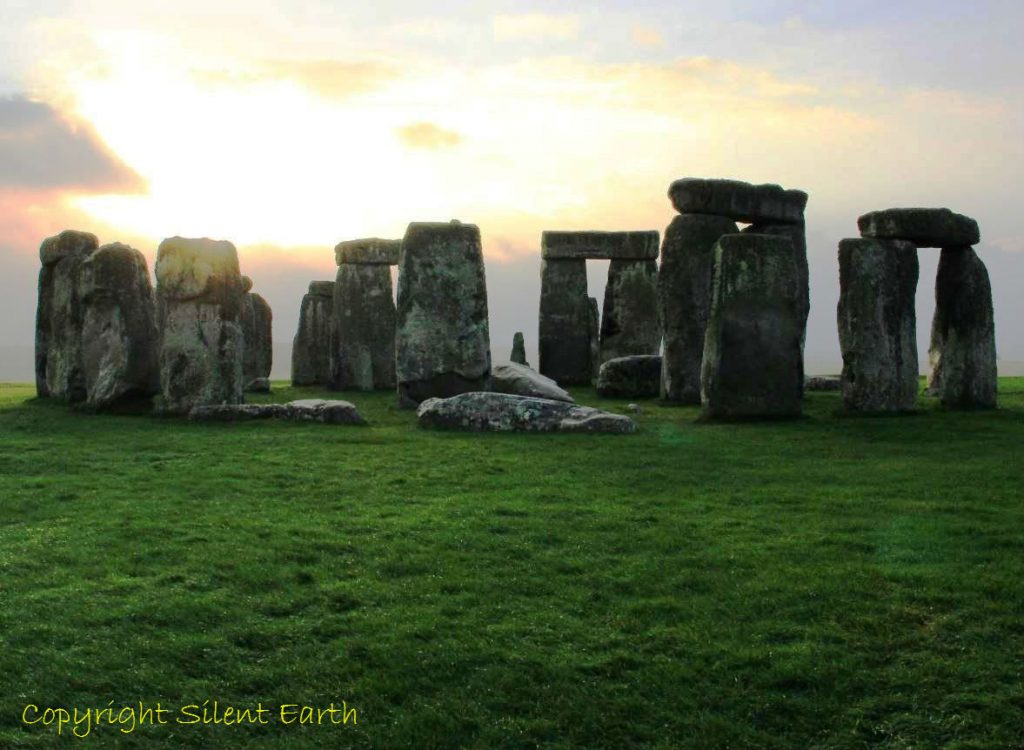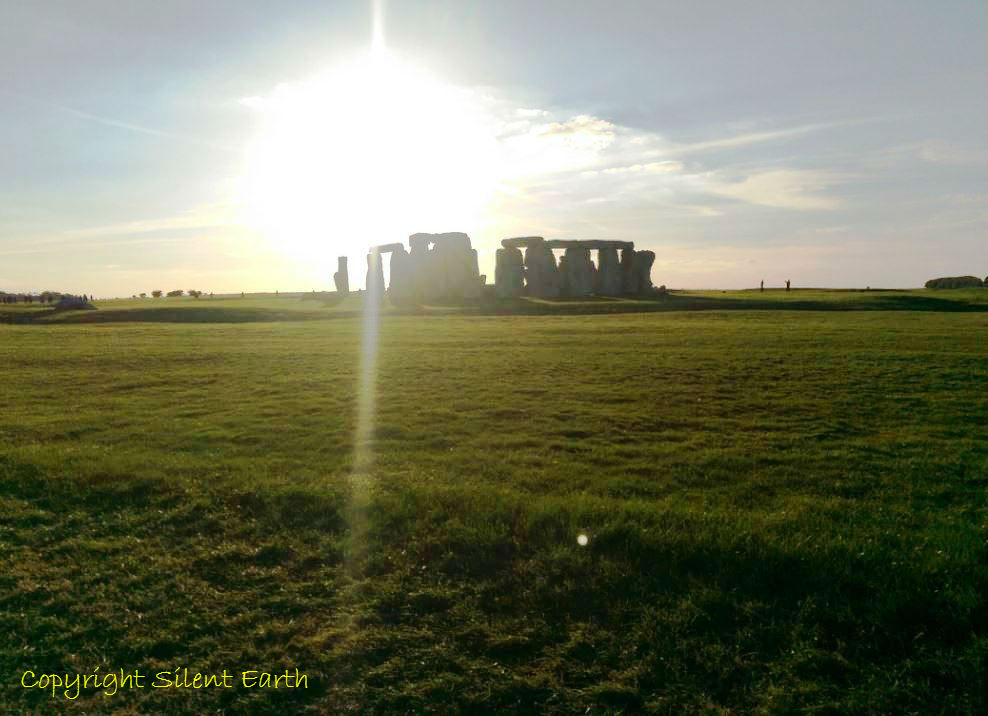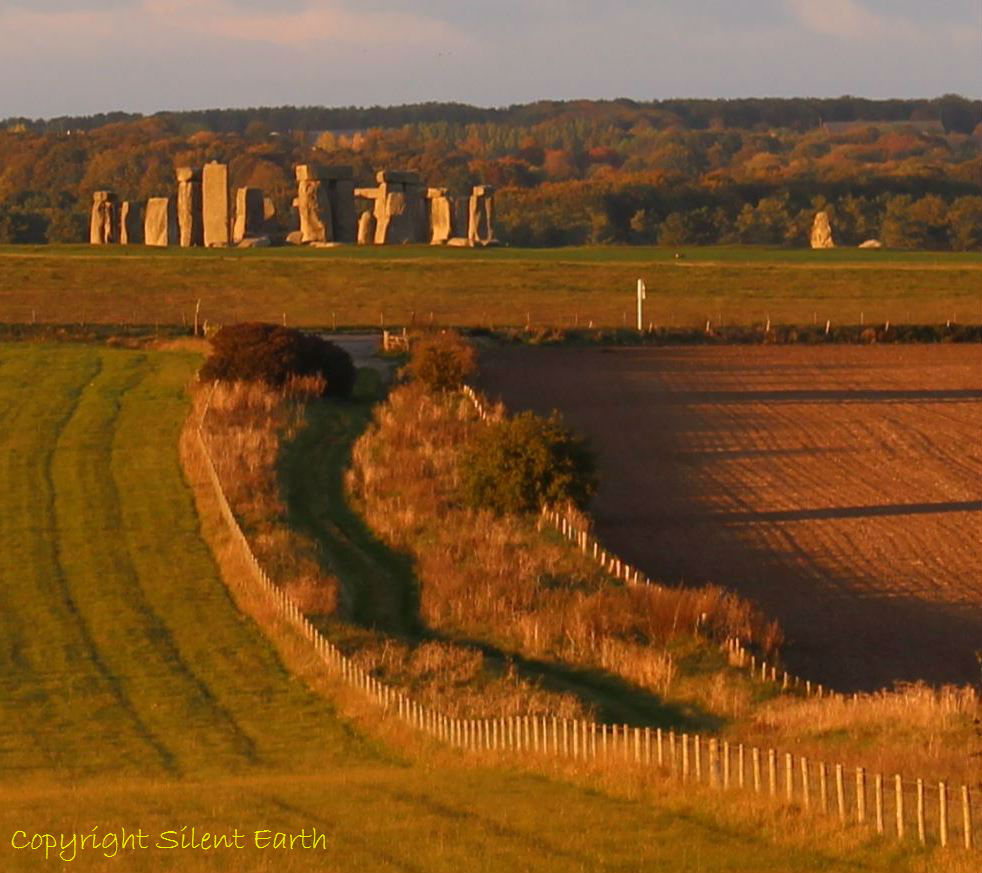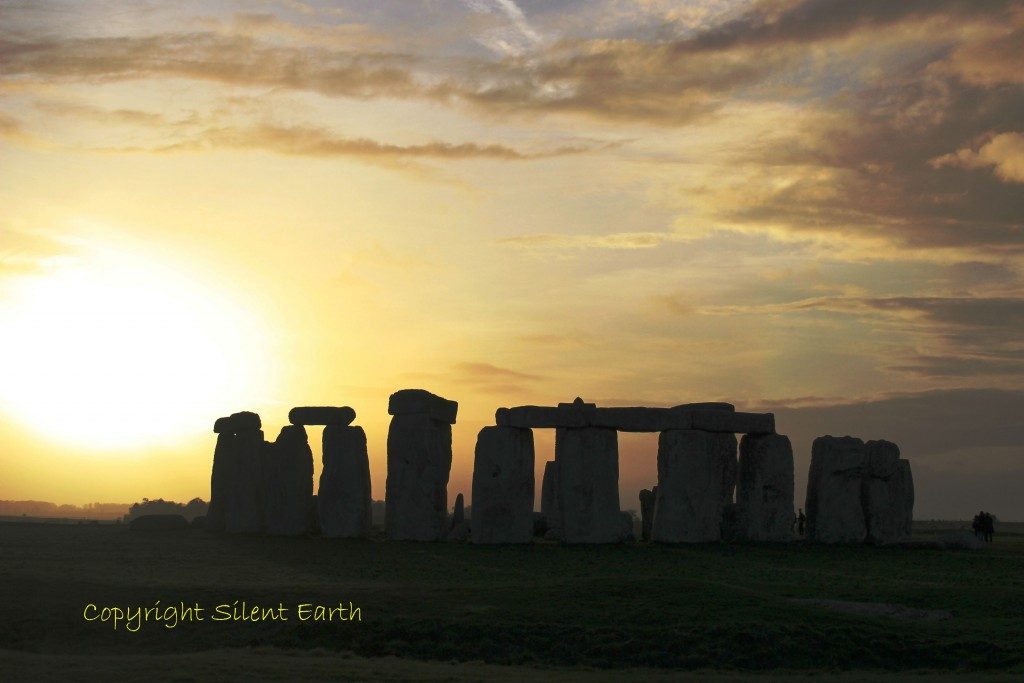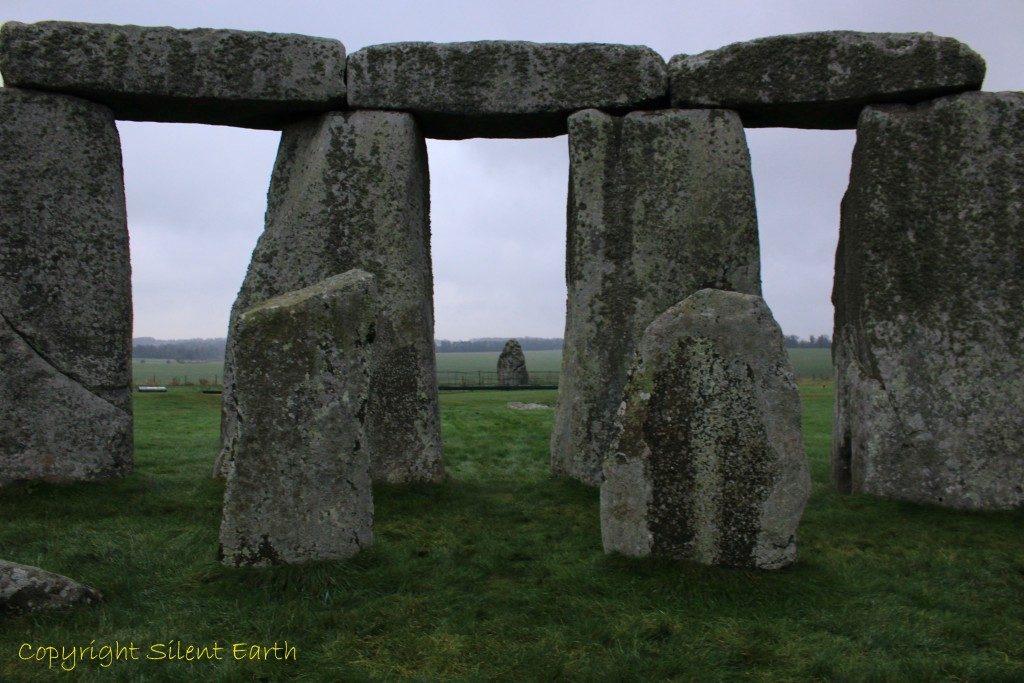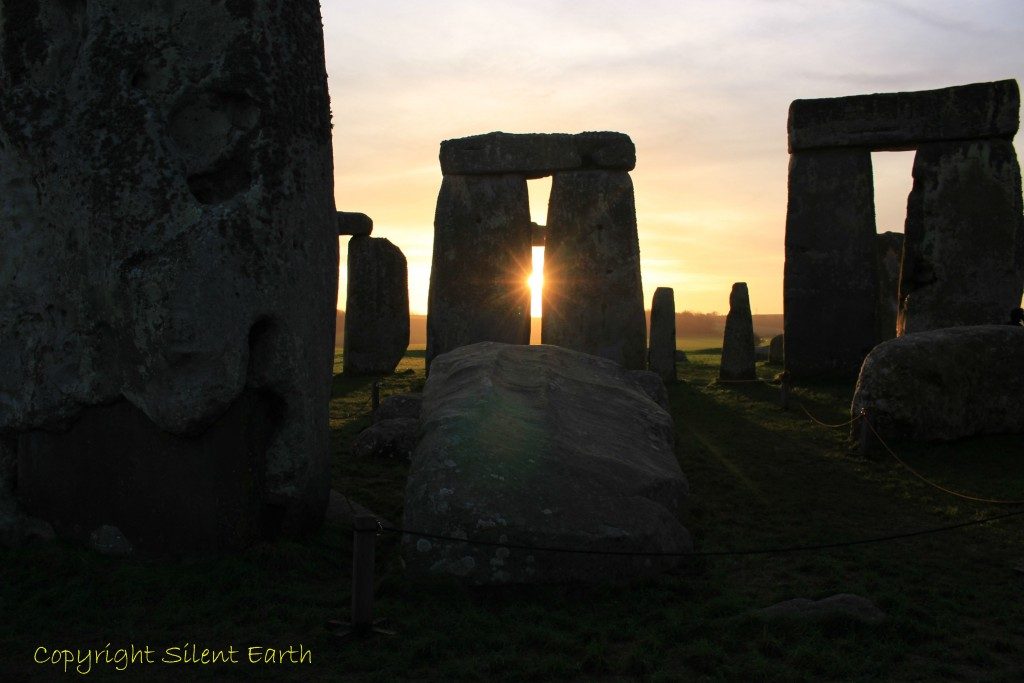The Written Word Regarding Stonehenge
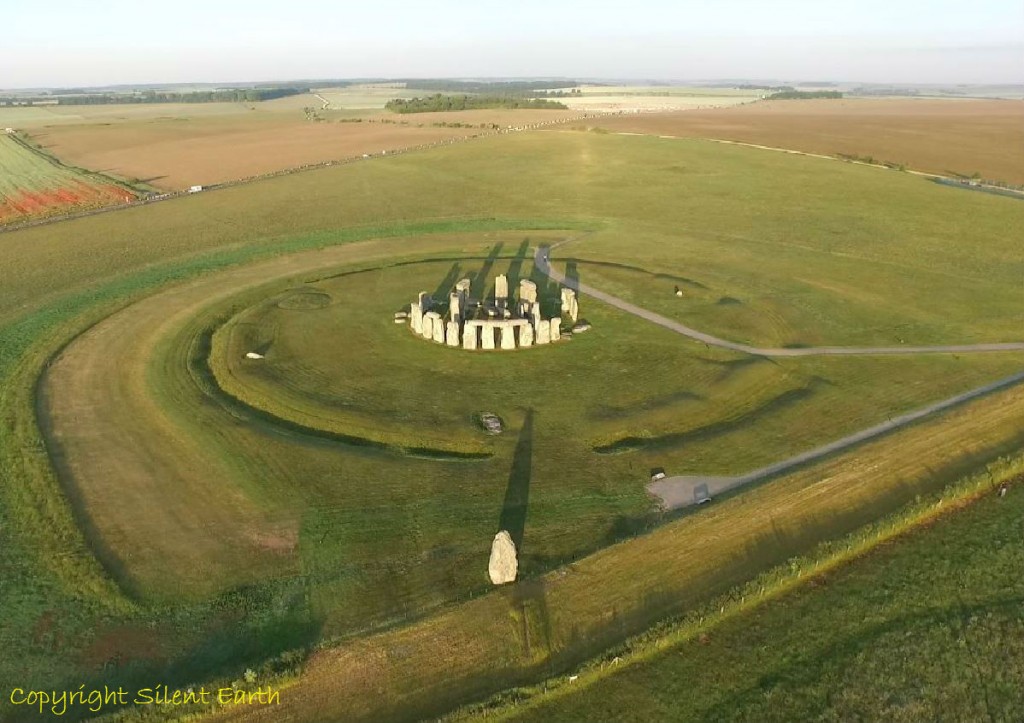
WRITTEN BY Austin Kinsley ON 20/05/16. The Written Word Regarding Stonehenge POSTED IN Stonehenge
Since approximately 2500 BC, countless millions of eyes have gazed upon Stonehenge and millions of feet have circled the stones. In more recent times, the written word regarding Stonehenge has also become countless. The earliest surviving written references to Stonehenge date from the medieval period and this first notice was recorded in approximately 1130 by a gentleman we know today as Henry of Huntingdon, an archdeacon at Lincoln, who was commissioned by Bishop Alexander of Blois to write a history of England.
‘Stanenges, where stones of wonderful size have been erected after the manner of doorways, so that doorway appears to have been raised upon doorway; and no one can conceive how such great stones have been so raised aloft, or why they were built there.’
Coincidentally, only a few year later in approximately 1136, Geoffrey of Monmouth in his Histories of the Kings of Britain elaborated much further, including the story of the building — or rather the re-building — of Stonehenge, and established the iconic myth of the Saxon betrayal of 460 British princes that still permeates ‘Stonehenge consciousness’ to this day:
Book 6 Chapter 15
‘He (Vortigern) bade that the men of the country and the Saxons should meet together nigh the monastery of Ambrius on the Kalends of May, then just drawing on, that then and there the matter might be solemnly settled. Now Hengist, having a mind to put in use a new manner of treason, made ordinance unto his comrades that every single one of them should have a long knife hidden along the sole of his boot, and when the Britons were without any suspicion discussing the business of the meeting, he himself would give the signal, ‘Nemet oure saxas’, whereupon each of them should be ready to fall boldly.
‘Massacre of Britons upon the Briton standing next him, and drawing forth his knife to cut his throat as swiftly as might be. Accordingly on the day appointed all met together in the city aforesaid, and began to talk together over the terms of peace, and when Hengist espied that the hour had come when his treachery might most meetly be carried into effect, he shouted out, ‘Nemet oure saxas!’ and forthwith laid hold on Vortigern and held him fast by his royal robe. The moment the Saxons heard the signal they drew forth their long knives and set upon the princes that stood around, thinking of nought less at the instant, and cut the throats of about four hundred and sixty amongst the barons and earls, whose bodies the blessed Eldad did afterward bury and place in the ground after Christian fashion not far from Kaercaradoc, that now called Salisbury, within the churchyard that lieth about the monastery of Abbot Ambrius, who of yore had been the founder thereof. For all of them had come unarmed, nor never deemed of aught save treating as touching the peace. Whence it came to pass that the others, which had come for nought but treachery, could lightly slay them as having done off their arms. Howbeit the Paynims (heathens) wrought not their treason unavenged, for many of themselves were slain whilst that they were putting the others to death, the Britons snatching the stones and sticks that were on the ground.’
In Book 8, Chapters 9 and 10, after Aurelius secured victory over the treacherous Saxons, he:
‘Went unto the monastery nigh Kaercaradoc, that is now called Salisbury, where the earls and princes lay buried whom the accursed Hengist had betrayed. There was there a convent of three hundred brethren upon the Mount of Ambrius, who, as is said, was the founder thereof in days of old. When he looked around upon the place where they lay dead, he was moved to pity and tears began to flow. At last he fell to pondering within himself in what wise he might best make the place memorable, for worthy of remembrance did he deem the green turf that covered so many noble warriors that had died for their country.’
And subsequently:
‘Called together from all quarters the master craftsmen in stone and wood, and bade them put forth their utmost skill to contrive some new kind of building that should stand for ever in memory of men so worthy. But all of them, mistrusting their own mastery in such a matter, were only able to meet him with a ‘Nay.’ Whereupon Tremounos, Archbishop of Caerleon, came unto the King and saith he: ‘If man there be anywhere strong enow to carry out this ordinance into effect, let Merlin, Vortigern’s prophet, set hand thereunto. For well I wot that never another man in thy kingdom is there that is brighter of wit than he, whether it be in foretelling that which shall be or in devising engines of artifice.’
Aurelius subsequently summoned and found Merlin (in the country of the Gewissi, at the fountain of Galabes) and ‘spake unto him of the work he did propose to construct.’
Merlin replied:
‘If thou be fain (willing) to grace the burial-place of these men with a work that shall endure for ever, send for the Dance of the Giants that is in Killaraus, a mountain in Ireland. For a structure of stones is there that none of this age could raise save his wit were strong enough to carry his art. For the stones be big, nor is there stone anywhere of more virtue, and, so they be set up round this plot in a circle, even as they be now there set up, here shall they stand for ever. At these words of Merlin, Aurelius burst out laughing, and quoth he: ‘But how may this be, that stones of such bigness and in a country so far away may be brought hither, as if Britain were lacking in stones enow for the job?’ Whereunto Merlin made answer: ‘Laugh not so lightly, King, for not lightly are these words spoken. For in these stones is a mystery, and a healing virtue against many ailments. Giants of old did carry them from the furthest ends of Africa and did set them up in Ireland what time they did inhabit therein.’
As suggested by Clas Merdin, here, ‘On the first count, it appears Geoffrey had knowledge that the Giant’s Dance was an ancient cemetery. Is it possible he had knowledge of an ancient tradition regarding Stonehenge that stretched back to the Neolithic Age; four thousands years?’
‘And when you die I will erect a monument
Upon the verdant plains of Salisbury
No king shall have so high a sepulchre
With pendulous stones that I will hang by art’
Where neither lime nor mortar shall be used,
A dark enigma to they memory’
– Thomas Rowley, The Birth of Merlin, writing in approximately 1620
‘But to their well-tuned harps their fingers closely laid,
Twixt every one of which they placed their country’s crowd,
And with courageous spirits thus boldly sang aloud:
How Merlin by his skill, and magic’s wondrous might,
From Ireland hither brought the Stonehenge in a night.’
-Michael Drayton Poly Olbion 1622, more here.
‘Twas in that deluge of Historie, the memorie of the British Monuments utterly perished: the Discovery whereof I doe here endevour (for want of written record) to work out.
– John Aubrey, Monumenta Britannica, written approximately between 1663 and 1693
‘Avebury does as much exceed in greatness the so reknowned Stonehenge, as a cathedral doeth a parish Church’
– John Aubrey, Monumenta Britannica, written approximately between 1663 and 1693
‘The three women behind W.Hewer, Murford, and our guide, and I single to Stonage (Stonehenge); over the Plain and some great hills, even to fright us. Come thither, and find them as prodigious as any tales I ever heard of them, and worth going this journey to see. God knows what their use was! they are hard to tell, but yet maybe told. Give the shepherd-woman, for leading our horses, 4d.’
– Samuel Pepys, Thursday 11 June 1668. More here.
‘Tis of itself so singular and receives so little light from history, that almost everyone has advanc’d a new notion’
– William Camden, Britannia, 1695
‘I cannot but lament that so little is known of the authors of such a monument.’
– William Camden, Britannia, 1695
‘The making so many conjectures at the reality, when they know they can but guess at it, and above all the insisting so long is but amusing themselves and us with a doubt, which perhaps lies the deeper for their search into it.’
– Daniel Defoe, 1724
‘A few years ago I spent some time every summer in viewing, measuring, and considering the works of the ancient Druids in our Island; I mean; I mean those remarkable circles of Stones which we find all over the kingdom, many of which I have seen, but of many more I have had accounts. Their greatness and number astonish’d me, nor need I be afraid to say, their beauty and design, as well as antiquity, drew my particular attention. I could not help carrying my inquiries about them as far as I was able…….Stonehenge, by the extravagant grandeur of the work, has attracted the eyes and admiration of all ages’
– William Stukeley, preface to A Temple Restor’d to the British Druids, 1740
‘Pile of Stone-henge! so proud to hint yet keep
Thy secrets, thou that lov’st to stand and hear
The Plain resounding to the whirlwind’s sweep,
Inmate of lonesome Nature’s endless year;
Even if thou saw’st the giant wicker rear
For sacrifice its throngs of living men,
Before thy face did ever wretch appear,
Who in his heart had groaned with deadlier pain
Than he who, tempest-driven, thy shelter now would gain’
– William Wordsworth, The Prelude, published 1750. More of William Wordsworth’s Incidents Upon Salisbury Plain here.
‘The Building is Natural Religion & its Altars Natural Moralility
A building of eternal death: whose proportions are eternal despair
Here Vala stood turning the iron Spindle of destruction
From heaven to earth: howling! invisible! but not invisible’
-Jerusalem The Emanation of The Giant Albion, William Blake 1804-1820. More here and here
‘Stonehenge’
‘Wrapt in the veil of time’s unbroken gloom,
Obscure as death and silent as the tomb,
Where cold oblivion holds her dusky reign,
Frowns the dark pile on Sarum’s lonely plain.
Yet think not here with classic eye to trace
Corinthian beauty or Ionian grace;
No pillared lines with sculptured foliage crowned,
No fluted remnants deck the hallowed ground;
Firm, as implanted by some Titan’s might,
Each rugged stone uprears its giant height,
Whence the poised fragment tottering seems to throw
A trembling shadow on the plain below,
Here oft, when evening sheds her twilight ray,
And gilds with fainter beam departing day,
With breathless gaze, and cheek with terror pale,
The lingering shepherd startles at the tale,
How at deep midnight by the moon’s chill glance,
Unearthly forms prolong the viewless dance;
While on each whispering breeze that murmurs by,
His busied fancy hears the hollow sigh.
Rise from thy haunt, dread genius of the clime,
Rise, magic spirit of forgotten time!
’T is thine to burst the mantling clouds of age,
And fling new radiance on tradition’s page:
See! at thy call from fable’s varied store,
In shadowy train the mingled visions pour;
Here the wild Briton, mid his wilder reign,
Spurns the proud yoke and scorns the oppressor’s chain;
Here wizard Merlin, where the mighty fell,
Waves the dark wand and chants the thrilling spell.
Hark! ’t is the bardic lyre whose harrowing strain
Wakes the rude echoes of the slumbering plain;
Lo! ’t is the Druid pomp, whose lengthening line
In lowliest homage bends before the shrine.
He comes—the priest—amid the sullen blaze
His snow-white robe in spectral lustre plays;
Dim gleam the torches through the circling night,
Dark curl the vapors round the altar’s light;
O’er the black scene of death each conscious star,
In lurid glory rolls its silent car.
’T is gone! e’en now the mystic horrors fade
From Sarum’s loneliness and Mona’s glade;
Hushed is each note of Taliesin’s lyre,
Sheathed the fell blade and quenched the fatal fire.
On wings of light hope’s angel form appears,
Smiles on the past and points to happier years;
Points with uplifted hand and raptured eye
To yon pure dawn that floods the opening sky,
And views at length the Sun of Judah pour
One cloudless noon o’er Albion’s rescued shore.
– Thomas Stokes Salmon’s poem Stonehenge, which won the £20 Newgate poetry prize at Oxford University in 1823.
‘It is indeed immensely picturesque. I can fancy sitting all a summer’s day watching its shadows shorten and lengthen again, and drawing a delicious contrast between the world’s duration and the feeble span of individual experience. There is something in Stonehenge almost reassuring; and if you are disposed to feel that life is rather a superficial matter, and that we soon get to the bottom of things, the immemorial gray pillars may serve to remind you of the enormous background of time’
– Henry James, 1875
‘There [is] a feeling of recognition, as of meeting an old friend, which comes to us all in the face of great artistic experiences. I had the same experience when I first heard an English folk song, when I first saw Michelangelo’s Day and Night, when I suddenly came upon Stonehenge or had my first sight of New York City – the intuition that I had been there already’
– Ralph Vaughan Williams, 1950
‘There can be no doubt that Stonehenge was an observatory; the impartial mathematics of probability and the celestial sphere are on my side.’
– Gerald Hawkins, Stonehenge Decoded, 1965
‘Every age has the Stonehenge it deserves — or desires.’
– Jacquetta Hawkes, ‘The God in the Machine’, Antiquity Magazine article, 1967. More here.

